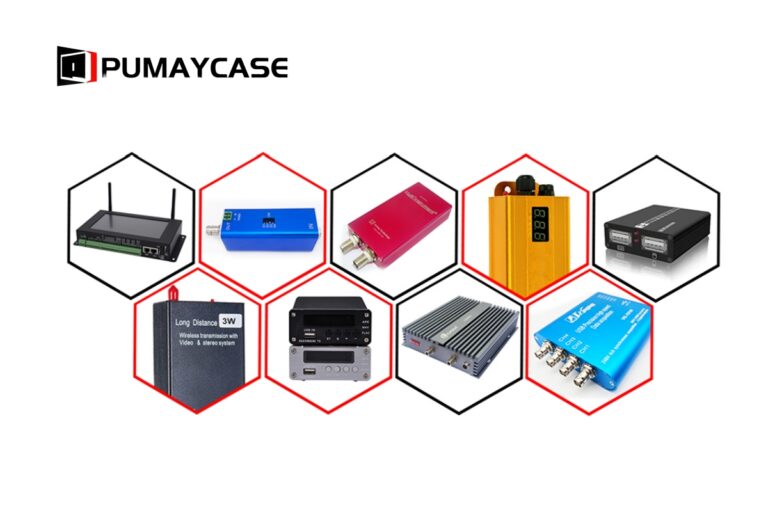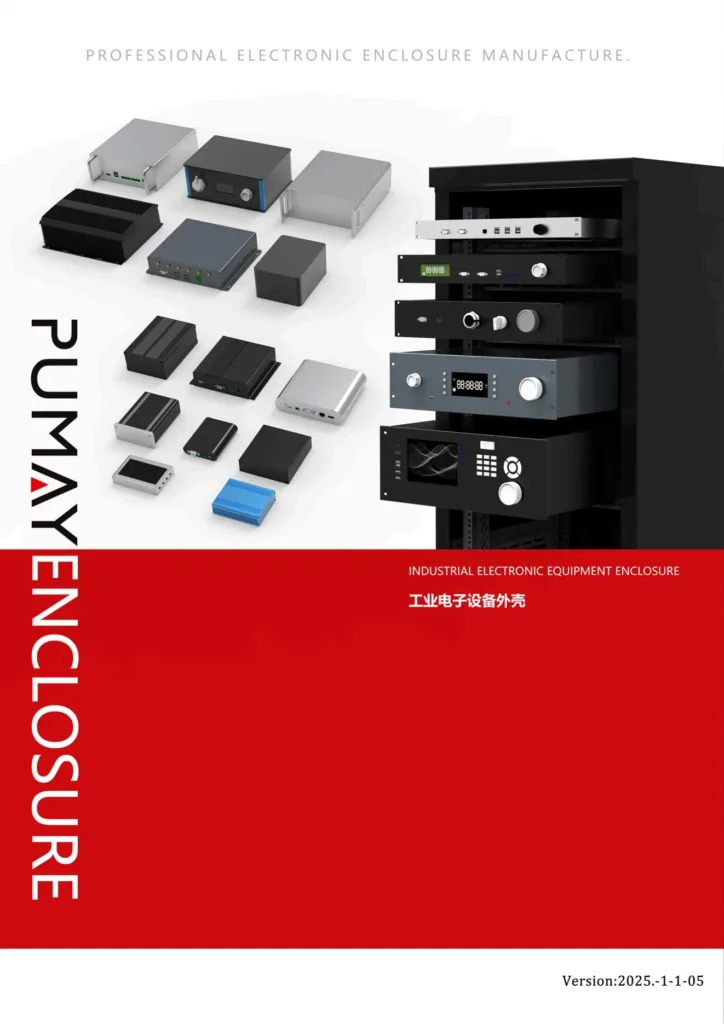Choosing the right enclosure material1 is critical for protecting electronics and ensuring performance.
The best enclosure material depends on application, environment, and protection needs like shielding and durability2.
To make the right choice, consider the environment, application-specific requirements, and cost-performance balance3.
What is the best material for an enclosure?
The answer depends on the application and required protection level. Common materials include metal, plastic, and composites.
Each material offers different benefits: aluminum is durable, plastic is cost-effective, and stainless steel resists corrosion.
Explore key factors like durability, weight, and electromagnetic shielding before making a decision.
Material Comparison Table
| Material | Durability | Corrosion Resistance | Weight | Cost | Shielding |
|---|---|---|---|---|---|
| Aluminum | High | Moderate | Light | Medium | Excellent |
| Stainless Steel | Very High | High | Heavy | High | Good |
| Plastic | Moderate | Low | Very Light | Low | Poor |
How do I choose the right electronic component enclosure?
Start by defining your environment—indoors, outdoors, or industrial settings.
Match the material to the expected conditions: aluminum for heat, stainless steel for corrosion, and plastic for lightweight protection.
Think about the level of protection needed, such as waterproofing or dust resistance (IP ratings).
What is the best material for WiFi enclosures?
For WiFi enclosures, the material should avoid blocking signal transmission.
Plastic is ideal for WiFi enclosures since it doesn’t interfere with signal strength.
Avoid metals for these enclosures unless external antennas are used to bypass signal blocking.
Plastic vs. Metal for WiFi
Plastic: Lightweight, cheap, non-conductive, best for home or office applications.
Metal: Offers superior protection, but blocks signals unless properly shielded or vented for external antennas.
What is the best material for electrical panels?
Electrical panels often require strong, flame-retardant materials for safety.
Steel and aluminum are common for industrial applications, while plastic works well in residential settings.
Key Considerations for Electrical Panels
- Steel: Great for high voltage and industrial environments.
- Plastic: Best for non-industrial uses due to its lightweight and non-conductive nature.
- Aluminum: Combines durability with moderate weight for versatile applications.
What materials are used in electrical enclosures?
Electrical enclosures are built from a range of materials to suit different industries.
Common materials include stainless steel, aluminum, plastic, and fiberglass.
Each offers unique advantages depending on the environment, safety requirements, and durability needs.
Pros and Cons of Different Materials
| Material | Pros | Cons |
|---|---|---|
| Aluminum | Lightweight, corrosion-resistant | Expensive compared to plastic |
| Stainless Steel | Highly durable, corrosion-resistant | Heavy and costly |
| Plastic | Lightweight, inexpensive | Poor shielding and less heat-resistant |
| Fiberglass | Strong, non-conductive | Brittle and less aesthetically pleasing |
Conclusion
Choosing the right enclosure material depends on your application and environment. Match the material to your protection needs for optimal performance.
Understanding the best enclosure materials can significantly enhance the protection and performance of your electronics. ↩
Exploring the impact of shielding and durability can help you make informed decisions for your electronics protection. ↩
Learning about cost-performance balance can guide you in selecting the most efficient and economical enclosure for your needs. ↩





